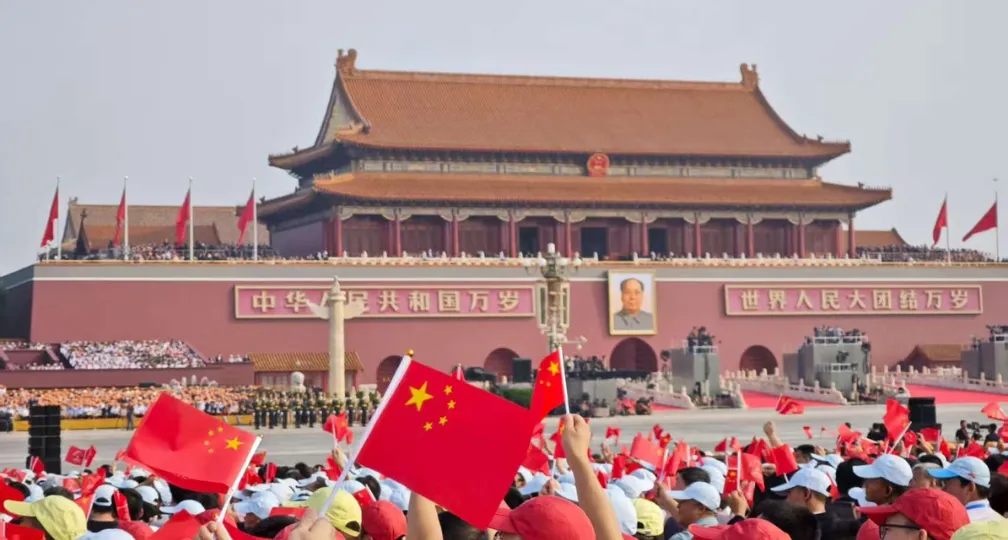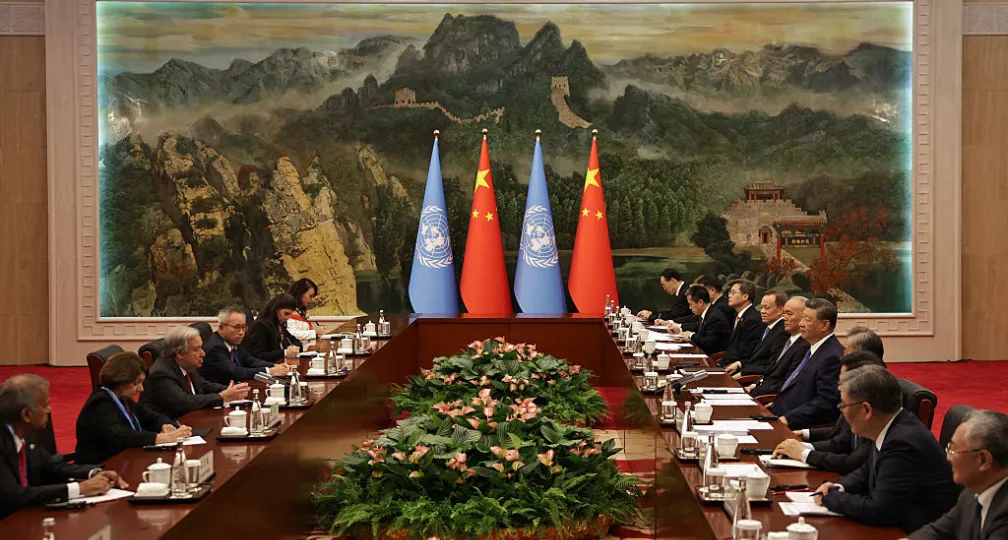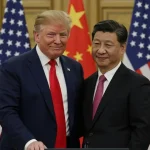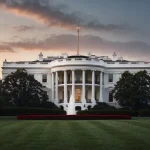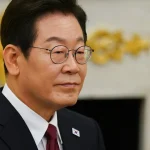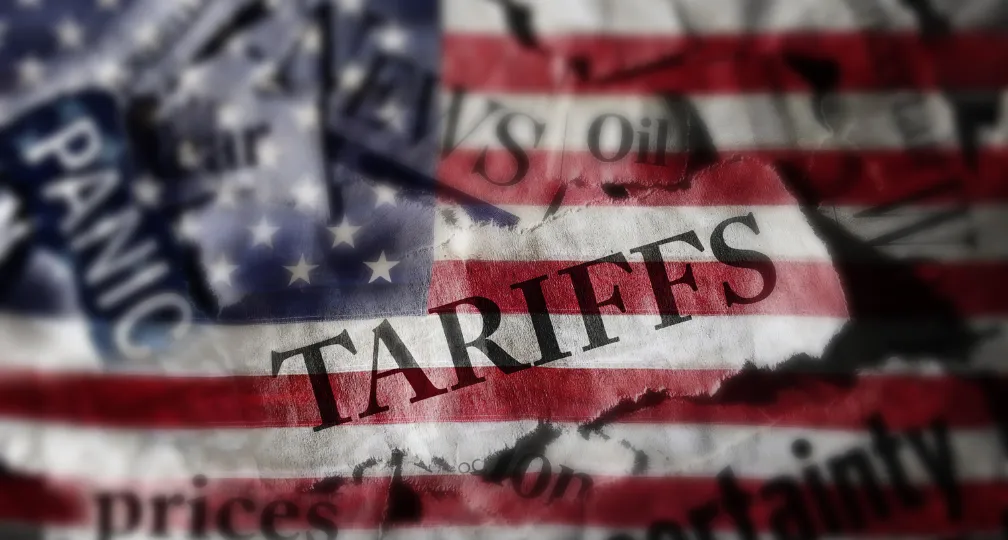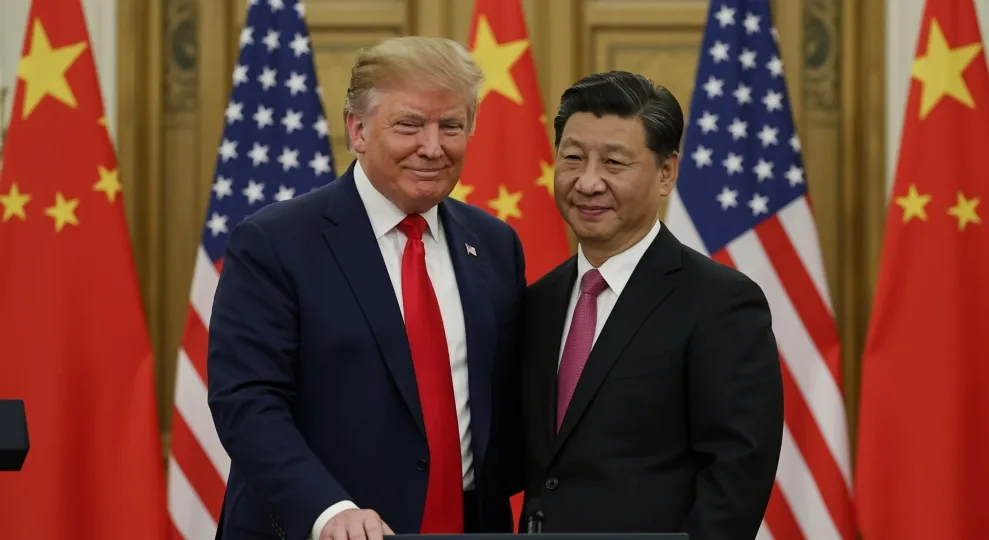The long road to a South Korea-U.S. trade deal
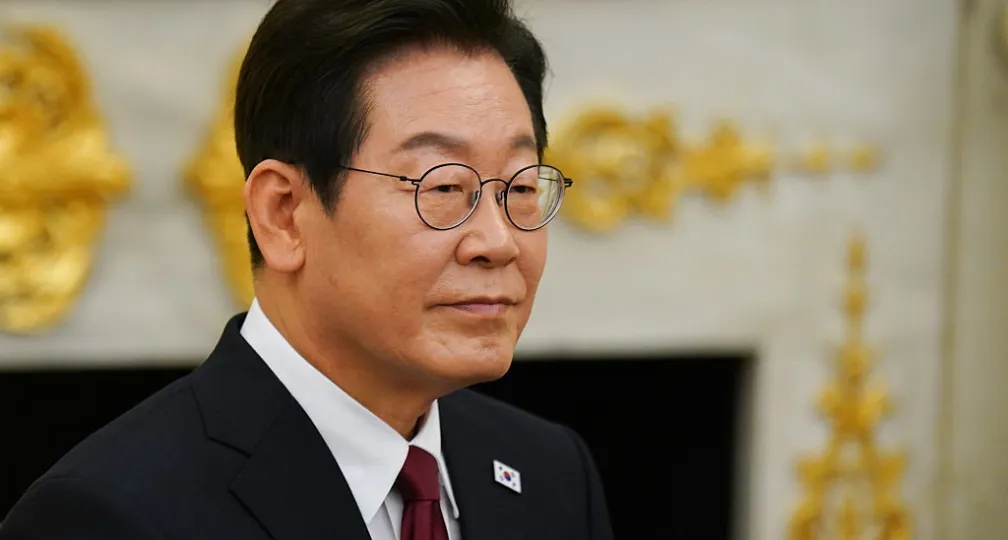
South Korea’s tariff negotiations with the U.S. emerged as an early test for President Lee Jae Myung’s “pragmatic diplomacy centered on national interest.” By successfully forging what some are calling the “Korean model” for striking a deal with the Trump administration, many would argue that Lee and his government have passed the test — at least for now.
President Lee was elected in June amid political upheaval just six months after U.S. President Donald Trump began his second term. Since taking office in January, Trump has waged what many see as an all-out tariff war on trading partners around the globe. His strong preference for bilateralism has been well known since the early days of his first term. But what distinguishes his second administration is the pursuit of “simultaneous bilateralism” — negotiating with multiple countries at once, while applying maximum pressure on one target state to quickly secure a deal, then using that outcome as a benchmark for subsequent negotiations.
This “pressure-first” approach has produced significant results. Despite granting a 15% tariff reduction, Washington extracted major concessions from key trading partners such as the European Union, including a $600 billion investment package and commitments to increase defense spending.
South Korea entered an unexpected period of political turmoil following the declaration of martial law and the subsequent impeachment of President Yoon Suk Yeol in December 2024. Initially, Seoul’s negotiating strategy aimed to preserve the benefits of the U.S.-Korea Free Trade Agreement. Yet this approach failed when the Trump administration refused to allow any exceptions. The opposition Minjoo Party — now the ruling party — also cautioned against rushing into a deal that might result in excessive concessions.
Confronted with these political constraints, the Korean government shifted toward recalibrating its strategy in line with the new administration. After President Lee’s victory in the June 3 election, South Korea was finally able to hold a summit with the United States on Aug. 25 — more than six months after the Japan-U.S. summit. Seoul’s primary objective was to secure terms comparable to those of Japan and the EU, particularly a reduction of the tariff rate on major exports, including automobiles, to 15%. Analysts at NH Investment & Securities estimated that if tariffs remained at 25%, Hyundai Motor would face an annual tariff burden of 5.1 trillion South Korean won.
The summit was widely viewed as a success. The core agreement entailed South Korea investing $350 billion in the United States in exchange for Washington lowering tariffs to 15%. The package included $150 billion in shipbuilding, with the remainder spanning energy, critical minerals, batteries, semiconductors, pharmaceuticals, AI and quantum computing.
Speaking at the Center for Strategic and International Studies immediately after the summit, Lee declared that South Korea could no longer sustain the old formula of “security with the United States, economy with China.” He affirmed that Seoul sought to transform bilateral relations “beyond an alliance for security and economics, into a future-oriented comprehensive strategic partnership.”
The summit appeared to have cleared the main obstacles in the tariff negotiations — until Sept. 4, when U.S. Immigration and Customs Enforcement raided a Hyundai-LG Energy Solution joint battery plant in Georgia, detaining 317 Korean workers. This unexpected incident placed the Lee administration in an extremely difficult position, making further concessions to Washington politically untenable.
Discrepancies also emerged in the fine print of the summit deal. While Seoul assumed that the bulk of its investment package would take the form of loans and guarantees, with only about 5% as equity investment, the Trump administration insisted that most of it should be direct equity contributions. The divergence became explicit when Trump announced on Sept. 26 that South Korea’s investment would be treated as an “upfront payment.”
The Trump administration’s hard-line stance triggered domestic backlash in Seoul. South Korean firms voiced concern that delays in negotiations would place them at a disadvantage relative to competitors such as Japan, while public sentiment increasingly viewed Washington as “moving the goalposts.” Facing mounting pressure both domestically and internationally, the Lee administration sought to narrow the gap over the investment framework while pursuing measures to stabilize the economy. Officials emphasized that the $350 billion investment — equivalent to 18.7% of South Korea’s 2024 gross domestic product, far exceeding Japan’s 13% — underscored Seoul’s commitment. They also argued that replicating Japan’s special-purpose vehicle model, which channels investment funds through a U.S.-designated entity after a two-month review process, would be unfeasible for South Korea.
Moreover, Seoul requested a limitless currency swap agreement to mitigate potential macroeconomic instability, noting that the $350 billion investment represented 84% of its foreign exchange reserves — a level that could trigger currency risks if unbuffered.
While anchoring its foreign policy around cooperation with Washington, the Lee administration pursued a balanced approach to avoid excessive concessions. Seoul consistently conveyed that deeper cooperation with the United States requires a stable domestic political foundation, and it worked swiftly to draft concrete measures to reduce uncertainty surrounding the agreement.
Then, in late October, after a meeting Trump called “tremendous,” Lee and the U.S. president finalized a trade deal that would bring tariffs on South Korean car imports down to 15% from 25%. It included the $350 billion investment pledge from Seoul, with the $150 billion on shipbuilding in the United States, but also stipulated that South Korean investment in the U.S. would be capped at $20 billion annually.
As noted, some are calling Lee’s success the “Korean model” of U.S. negotiation distinct from the EU and Japan. Indeed, the Lee administration, at least to some extent, successfully shifted the focus from tariff negotiations to broader economic security cooperation with the U.S., an approach later followed by Japan’s new Prime Minister Sanae Takaichi.
While President Trump continues to separate economics and security to extract concessions in each field, the two can reinforce each other. Seoul’s proposal for the “Make American Shipbuilding Great Again,” or MASGA, initiative exemplifies this approach. The project envisions South Korea initially handling maintenance, repair and training for U.S. naval vessels, with potential evolution into co-development of advanced naval capabilities — aligning with existing cooperation in semiconductors, batteries, AI, quantum technology and space. In addition, the second summit yielded the outcome of President Trump approving South Korea’s construction of nuclear-powered submarines. On Nov. 5, U.S. Secretary of War Pete Hegseth reaffirmed this at the annual ROK-U.S. Security Consultative Meeting in Seoul. This signifies that the bilateral relations are evolving toward economic security cooperation.
In regard to Japan, another key ally, Lee has signaled a flexible stance and continued bilateral cooperation. His meetings with former Prime Minister Shigeru Ishiba, and more recently Takaichi, underscored Seoul’s recognition of the strategic importance of stable Japan-South Korea relations.
As Lee said after meeting with Takaichi during the recent Asia-Pacific Economic Cooperation forum summit in South Korea, “by sharing experiences and working together, I believe we can successfully address not only domestic issues but also international ones.”
Clearly, strengthened bilateral coordination would lay the groundwork for revitalizing trilateral cooperation among the U.S., Japan and South Korea. Moreover, as Seoul considers joining the Comprehensive and Progressive Agreement for Trans-Pacific Partnership, South Korea and Japan could advance joint efforts to reinforce a 21st-century rules-based international economic order.
(Photo Credit: Bloomberg / Getty Images)
[Note] This article was posted to the Japan Times on Nov 23, 2025:
https://www.japantimes.co.jp/commentary/2025/11/23/world/south-korea-us-trade-deal/

Seungjoo Lee
Dean of the College of Social Sciences and professor of Political Science and International Relations at Chung-Ang University
Seungjoo Lee is dean of the College of Social Sciences and professor of Political Science and International Relations at Chung-Ang University in Seoul. He also serves as senior research affiliate at the Berkeley APEC Study Center and visiting fellow at the Centre for Emerging Technology and Security at The Alan Turing Institute in the United Kingdom. Geoeconomic Briefing is a series featuring researchers at the IOG focused on Japan’s challenges in that field. It also provides analyses of the state of the world and trade risks, as well as technological and industrial structures.
Disclaimer: The views expressed in this Geoeconomic Briefing do not necessarily reflect those of the API, the Institute of Geoeconomics (IOG), or any other organizations to which the author belongs.
API/IOG English Newsletter
Edited by Paul Nadeau, the newsletter will monthly keep up to date on geoeconomic agenda, IOG Intelligence report, geoeconomics briefings, IOG geoeconomic insights, new publications, events, research activities, media coverage, and more.
-
 Is China Guardian of the ‘Postwar International Order’?2025.12.17
Is China Guardian of the ‘Postwar International Order’?2025.12.17 -
 Japan-India Defense in a Fragmenting Indo-Pacific2025.12.10
Japan-India Defense in a Fragmenting Indo-Pacific2025.12.10 -
 The “Economic Security is National Security” Strategy2025.12.09
The “Economic Security is National Security” Strategy2025.12.09 -
 India - Japan: The Glimpse of a Shared Vision2025.12.05
India - Japan: The Glimpse of a Shared Vision2025.12.05 -
 Beijing’s ‘Globalist’ Agenda Under Trump 2.02025.12.01
Beijing’s ‘Globalist’ Agenda Under Trump 2.02025.12.01
 Event Report: The Trump Tariffs and Their Impact on the Japanese Economy2025.11.25
Event Report: The Trump Tariffs and Their Impact on the Japanese Economy2025.11.25 The Real Significance of Trump’s Asia Trip2025.11.14
The Real Significance of Trump’s Asia Trip2025.11.14 The “Economic Security is National Security” Strategy2025.12.09
The “Economic Security is National Security” Strategy2025.12.09 The long road to a South Korea-U.S. trade deal2025.11.26
The long road to a South Korea-U.S. trade deal2025.11.26 India’s Structural Reforms: Opportunities and Risks2025.11.14
India’s Structural Reforms: Opportunities and Risks2025.11.14


